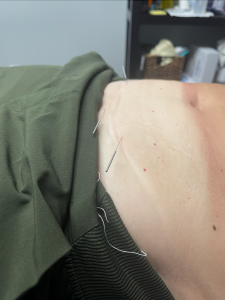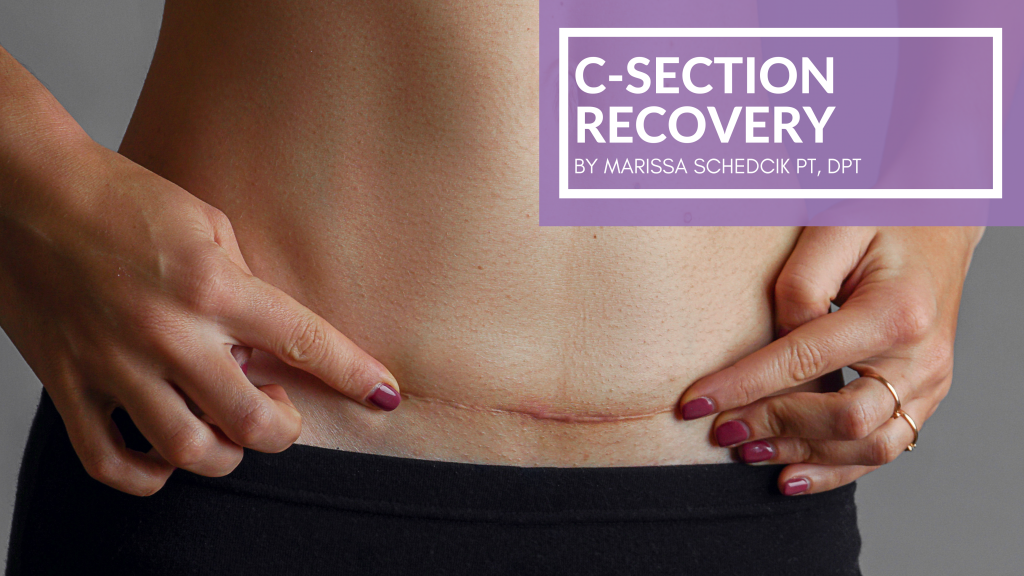
Yes, you can still have pelvic floor dysfunction even with cesarean delivery!
Some of our patients have voiced that they didn’t know that pelvic floor physical therapy could be helpful to them as they didn’t deliver vaginally. However, pelvic floor therapy can be extremely helpful after a planned or unplanned C-section. Throughout this post, I will go over (in no particular order) different impairments that pelvic floor physical therapy can address.
-
Reducing sensitivity of scar tissue
Scar tissue healing times can vary from person to person, but physical therapy can help to decrease the burning, pulling or numbness/tingling you might have around or at the scar site once the scar has completely healed. This can be done by manual techniques or even by use of dry needling to help break up scar tissue to allow for improved blood flow to the site and improved sensitivity.
-
Decrease visualability of scar
By performing manual techniques at the scar site and improving the blood flow, the scar has an improved ability to become more skin colored rather than purple/pink/red. Physical therapy can promote improved elasticity of the scar as well to reduce any “skin puckering” that may be present around the site.
-
Improve abdominal/trunk strength
Because this surgery is so intense (requires incision through SEVEN tissue layers), the core muscles that are required to be cut through are going to be very sore and weak following delivery. Physical therapy will help the patient to first decrease pressure at the area during the initial stages of healing to decrease strain at the incision site. This can include cuing for transfers to/from the bed, in/out of the car, etc. as well as breathing techniques to offload abdominal pressure with childcare in the first few weeks. Later on, physical therapy can help the patient to tap into the deeper core muscles (even deeper than the 6-pack) to build a strong foundation throughout the trunk to allow for improved stability for the patient so that they can return to whatever activity level they prefer with confidence.
-
Decrease abdominal or pelvic heaviness
Yes, following a big surgery such as a C-section, one could expect to have swelling initially that could lead to heaviness. However, that heaviness feeling should not be sticking around for a while after surgery. Physical therapy can even help with heaviness in the early stages by recommending different helpful products, techniques or tools that could offset or decrease the abdominal or pelvic heaviness to allow for improved resting tone of the trunk, hip and pelvic musculature.
-
Improve any pelvic floor impairments that you may have
Having a C-section delivery does not mean that pelvic floor issues aren’t possible! As previously discussed, the pelvis still goes through a lot of pressure regardless of delivery, and this can lead to dribbling after urination, leaking with laugh/cough/sneeze, constipation, hemorrhoids, pelvic pain, etc. Pelvic floor physical therapy can even be as simple as helping the patient return to work or exercise comfortably and safely. Either way, it is beneficial to be seen by a pelvic floor physical therapist to promote healing in a conservative way!
With all of this being said, it is important to note that no matter how little or how long it has been since your last delivery, pelvic floor physical therapy can help. It is never too early or too late to visit your local pelvic floor physical therapists here at Woerner Physical Therapy, and we look forward to continuing care for the postpartum population!


